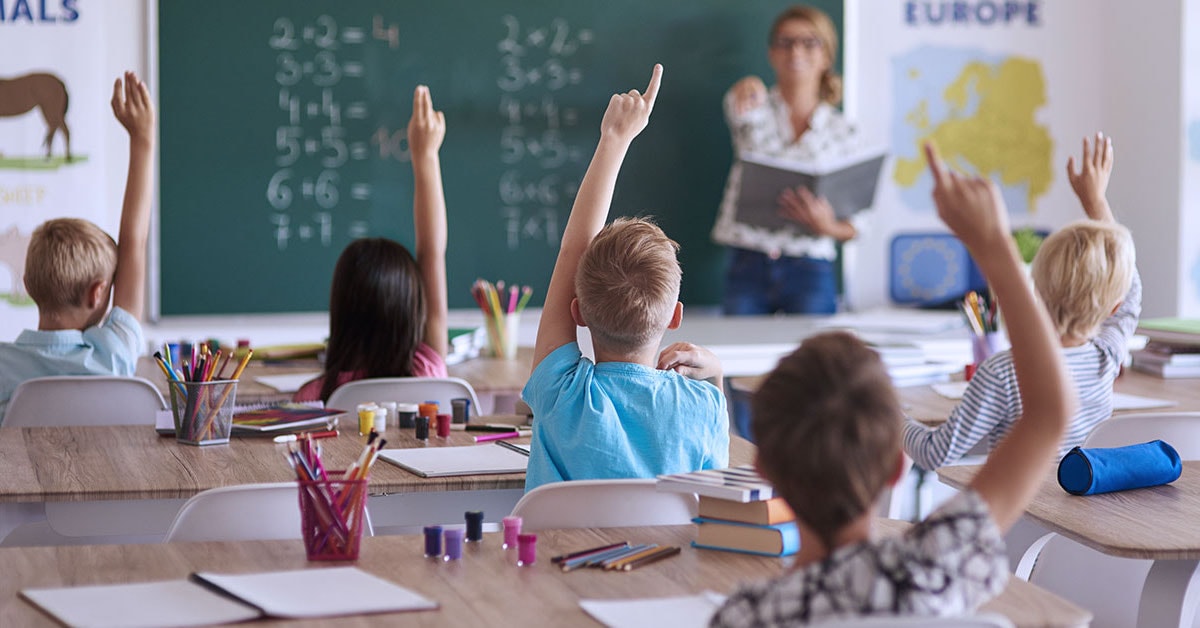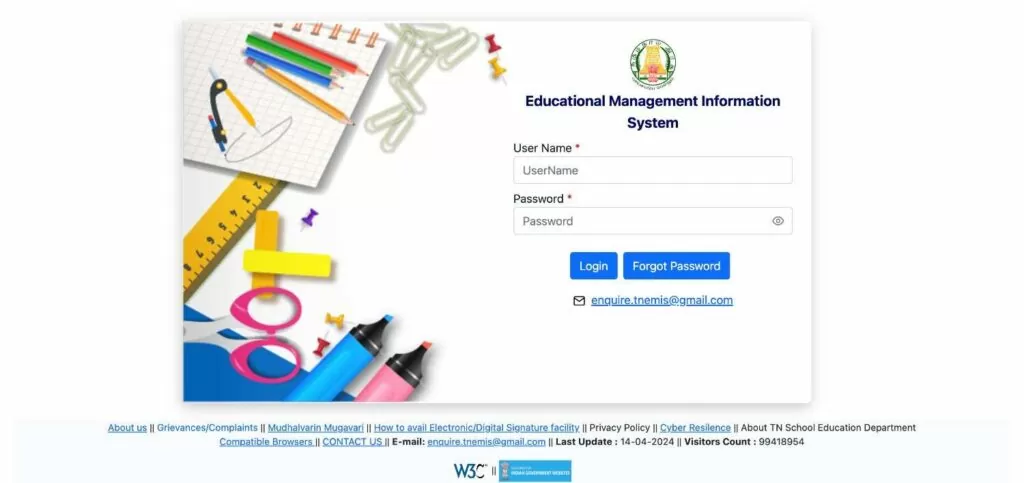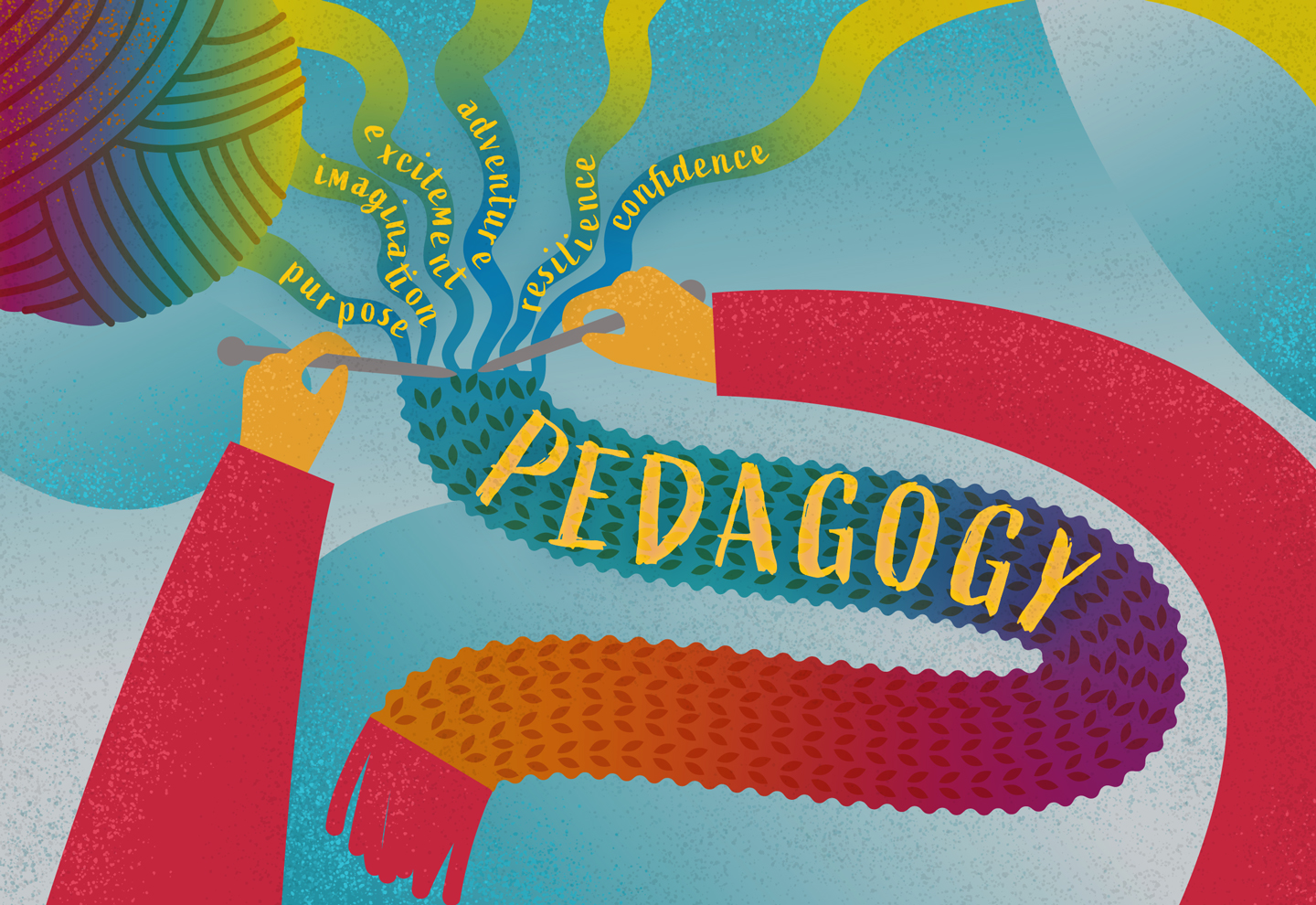Introduction to Classroom Management
Classroom management is the process of creating a positive and productive learning environment that supports student engagement, behavior management, and academic achievement. It encompasses a range of strategies, techniques, and practices used by educators to establish routines, set expectations, and promote a culture of respect, responsibility, and collaboration in the classroom. Effective classroom management is essential for maximizing instructional time, minimizing disruptions, and fostering a safe and supportive learning environment where all students can thrive.
Understanding the Principles of Classroom Management
Establishing Clear Expectations
Classroom management begins with establishing clear expectations for behavior, participation, and academic performance. Educators communicate classroom rules, routines, and procedures to students, reinforcing expectations consistently and positively to promote a sense of structure, predictability, and accountability in the classroom.
Building Positive Relationships
Building positive relationships with students is key to effective classroom management. Educators create a supportive and inclusive classroom culture where students feel valued, respected, and understood. By fostering trust, rapport, and empathy, educators cultivate a sense of belonging and motivation, reducing behavior problems and promoting student engagement and achievement.
Implementing Proactive Strategies
Proactive classroom management strategies focus on preventing behavior problems before they occur. Educators use preventive measures such as classroom layout and organization, clear and consistent communication, and engaging instructional activities to minimize distractions, promote student focus, and create an optimal learning environment conducive to learning.
Key Strategies for Effective Classroom Management
Establishing Classroom Routines
Establishing consistent routines and procedures helps students know what to expect and how to navigate classroom activities effectively. Educators create routines for entering and exiting the classroom, transitioning between activities, and managing materials and supplies, providing structure and predictability that promote student independence and self-regulation.
Using Positive Reinforcement
Positive reinforcement involves acknowledging and rewarding desired behaviors to reinforce positive behavior and motivation. Educators use praise, encouragement, and incentives to recognize student efforts, contributions, and achievements, building confidence, self-esteem, and intrinsic motivation to learn.
Implementing Behavior Management Techniques
Behavior management techniques help educators address and respond to challenging behaviors effectively. Educators use strategies such as redirection, proximity control, and nonverbal cues to de-escalate conflicts, maintain classroom order, and support student self-regulation and social-emotional development.
Building a Supportive Learning Community
Building a supportive learning community involves fostering collaboration, teamwork, and mutual respect among students. Educators promote opportunities for peer interaction, cooperation, and problem-solving, creating a sense of belonging and collective responsibility that enhances student engagement, motivation, and academic success.
Strategies for Differentiated Instruction
Meeting Diverse Learning Needs
Differentiated instruction involves adapting instruction to meet the diverse learning needs, interests, and abilities of students. Educators use a variety of instructional strategies, materials, and assessments to accommodate different learning styles, preferences, and readiness levels, ensuring that all students have opportunities to succeed and grow.
Providing Individualized Support
Providing individualized support involves offering personalized assistance and interventions to students who require additional help or enrichment. Educators differentiate instruction through small-group instruction, one-on-one tutoring, and individualized learning plans, tailoring instruction to address students’ unique strengths, challenges, and learning goals.
Emphasizing Student Engagement
Emphasizing student engagement involves creating interactive, hands-on learning experiences that capture students’ interest and enthusiasm. Educators incorporate active learning techniques, inquiry-based activities, and real-world applications to stimulate curiosity, critical thinking, and creativity, fostering a deeper understanding and retention of content.
Conclusion
In conclusion, effective classroom management is essential for creating a positive and productive learning environment where all students can thrive academically, socially, and emotionally. By implementing strategies such as establishing clear expectations, building positive relationships, implementing proactive strategies, and differentiating instruction, educators can cultivate a classroom culture that promotes respect, responsibility, and engagement, laying the foundation for student success in school and beyond.





